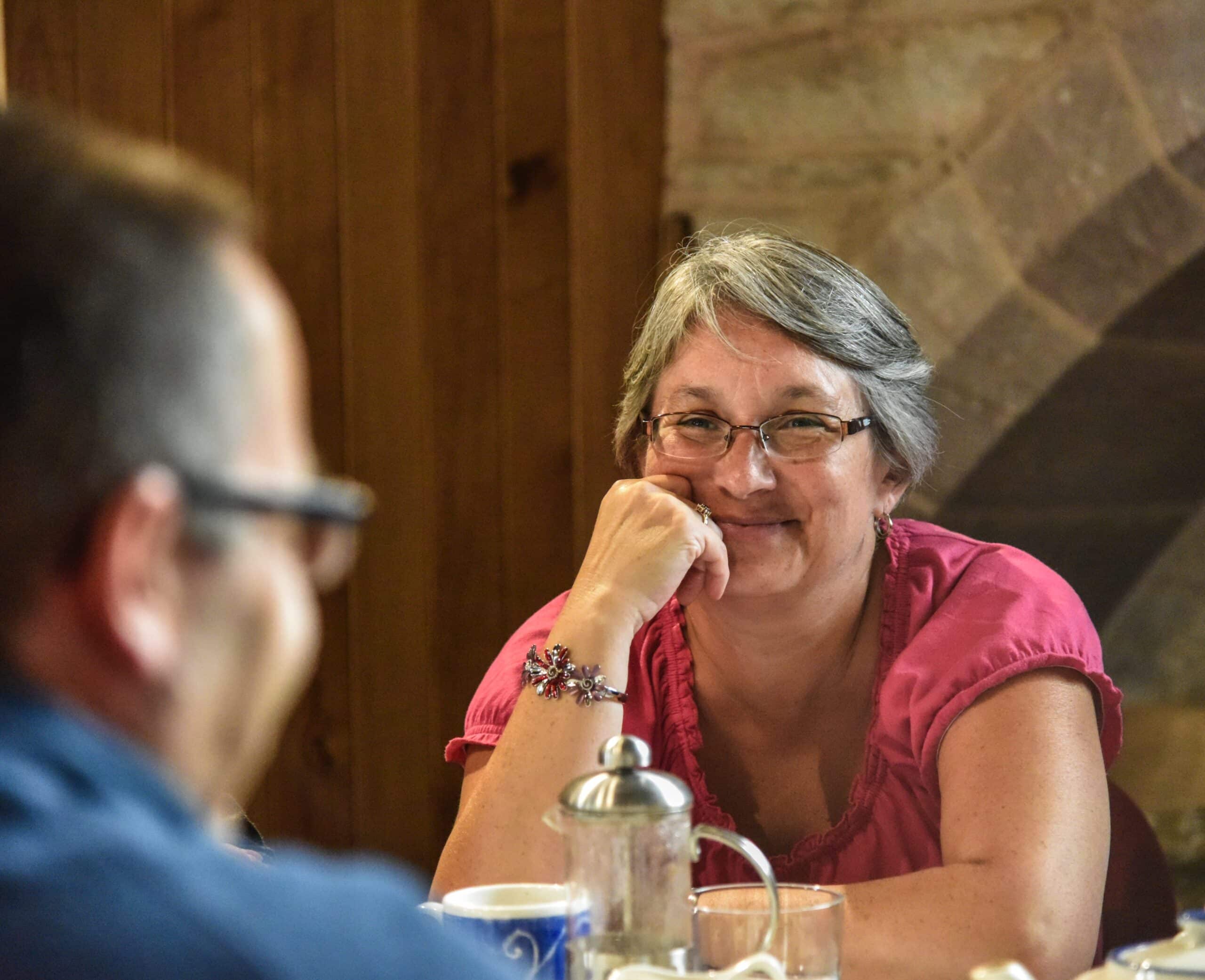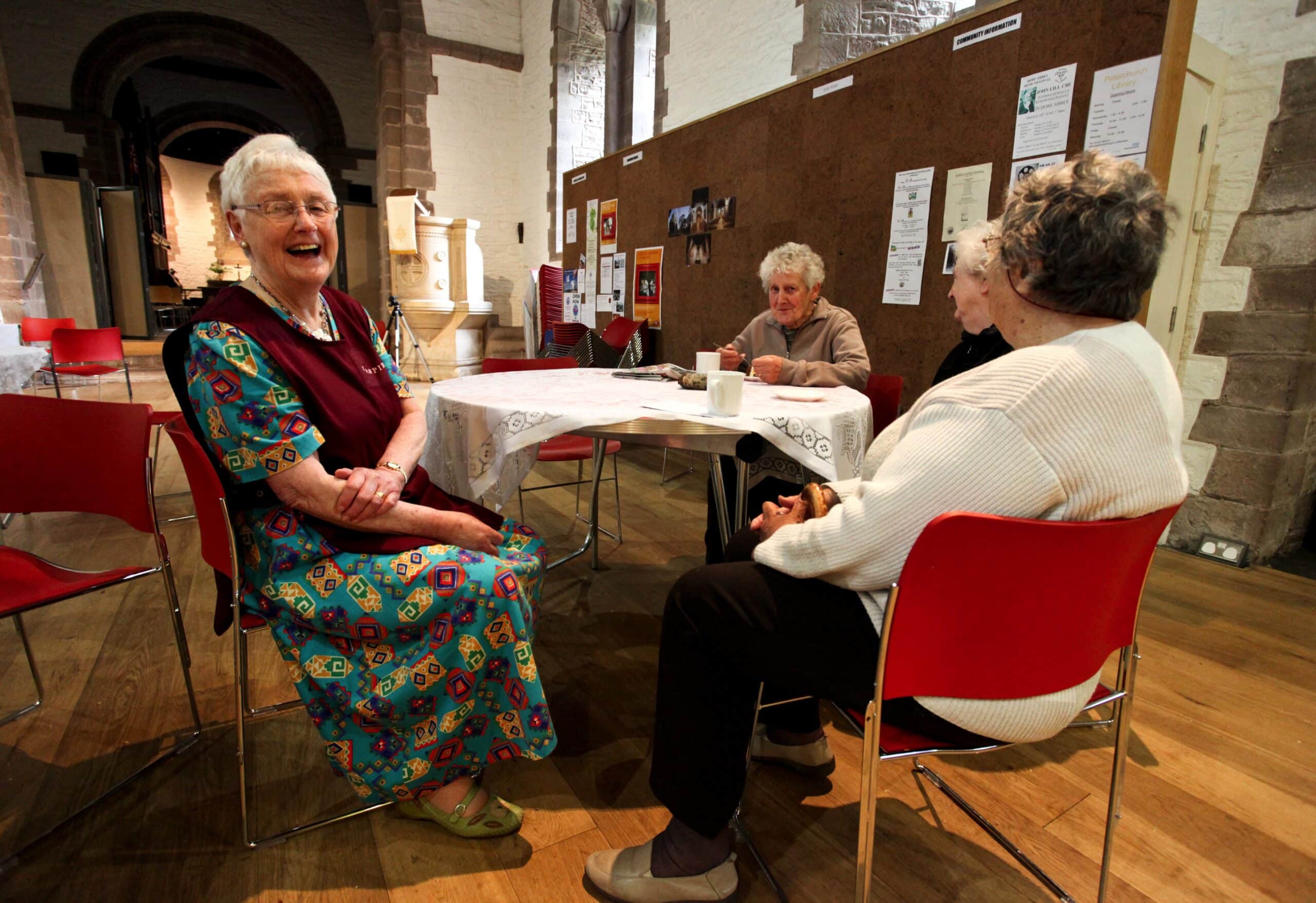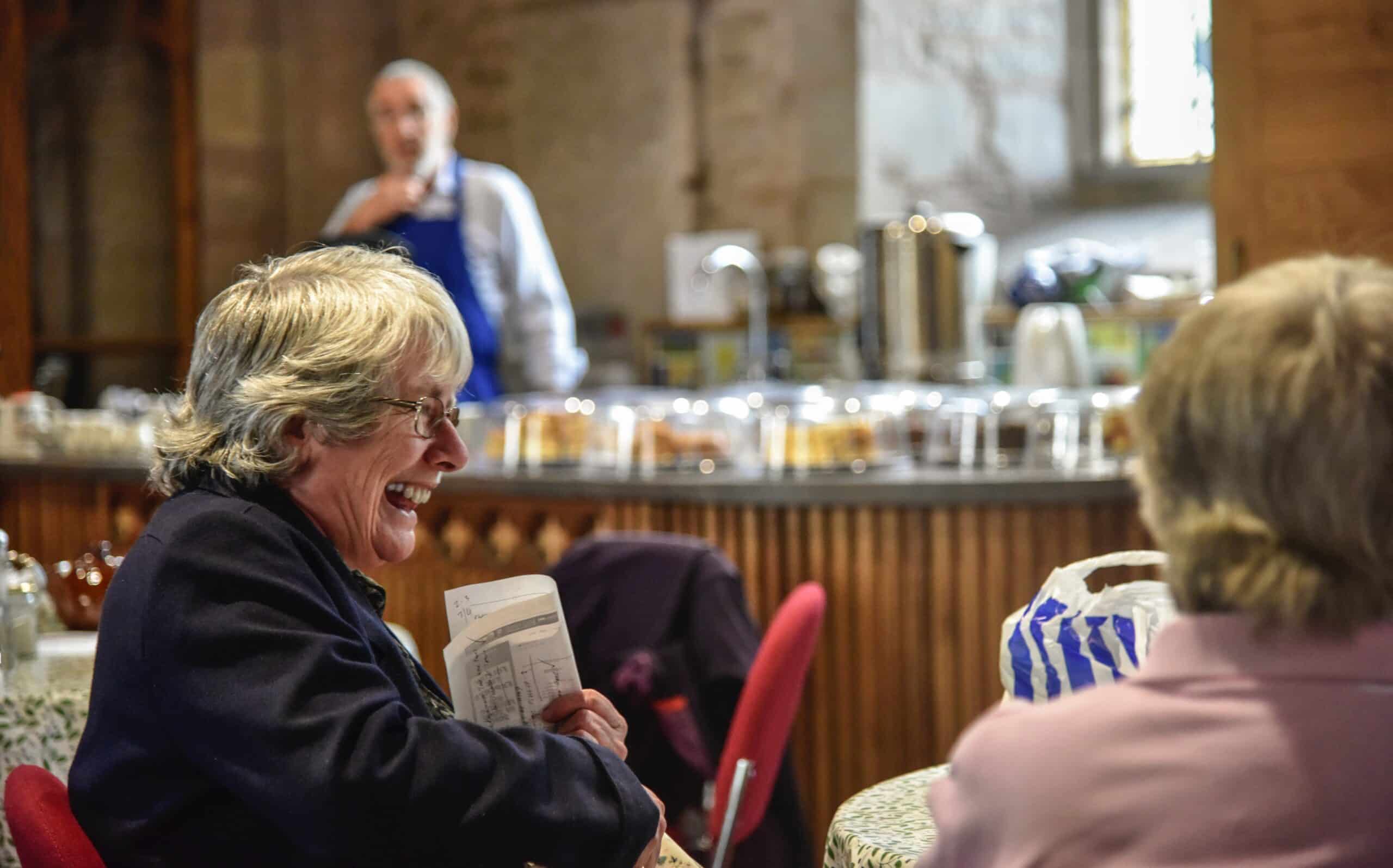Like all significant projects, a large part of a church reordering is about communication. Along with drive and determination, bringing people with you on the journey is perhaps the single biggest requirement and indicator of success.
Defining the people involved

At the start of your project it is worth taking time to think about the people who will be involved in or affected by it.
Principally, there will be your core project team, who will be your working committee. The people in this team are likely to include members of the PCC but should also feature all the people you wish to be part of the project. They should really believe in the scheme and always be ready to communicate their vision of the ideas. Ideally, this group should be mandated by the PCC.
Beyond this core group, there is the wider church community and those most associated with the church building. It is important to ensure that they are kept up to date and enthusiastic about the project as a whole.
Then there is the local community. As a building at the heart of the community, people will have strong feelings about the church, even if they are not regular church goers. Reaching out to this community with good communication can be life-enhancing and bring real energy to the scheme.
Finally, there will be a network of professional stakeholders and consultees, including the DAC, who are not local to the building but do have specialist knowledge or a responsibility to advise on your scheme. Again, vital to their engagement is well-formed communication regarding the importance of the building and needs of the project.
To deliver a successful project you need to seek the support of all of these different groups of people at every stage in order to bring together a scheme that is, on balance, supportable.
Gathering consensus

Your statements of significance and needs will be important documents in gaining permission for your project with your DAC. These documents take time to bring together, but they are key for the success of the scheme overall. We recommend that they are informed by discussions with everyone affected by or involved in what is required. When we work on church reordering projects, we offer to convene a workshop with the community to consider the project in more detail. The workshop is offered free of charge, with the caveat that representatives from the church family, the local community and other consultees and stakeholders attend. At the workshop, we explore the church building as a group and consider the problems that need to be solved. Our article The power and practicalities of participative architecture has more on this.
Group discussions help gather consensus around the need for change as well as develop potential solutions. They will also help you when you are asked to demonstrate support for your project. Involving people from the outset will develop a project built on ownership, knowledge and support.
Addressing objections
Involving the church family, the local community and other consultees and stakeholders from the very beginning brings people together around the importance of the building and the need for change. A church reordering will often involve making contentious changes to a much-loved building. No matter how much these changes are needed, they are likely to encounter concerns from some quarters. It is important to be able to listen to differing points of view and engage people in the often difficult issues of why change is required.
It is important to be able to hold respectful conversations and, often, considering the nuance of the design can help to bring parties to agreement and unity. Although this process does take a while, time tends to be on hand and it can be a wise and enlightening journey to undertake. People will often agree on the changes required if they’re given time to consider, review and reflect on the options.
It is also important to keep everyone’s views in perspective. Sometimes negative voices can seem very loud. Positive views may be quieter but they may well be the majority. It is important to keep moving forward and, sometimes, accept that not everyone will agree on everything at the same time. Generally speaking, we have had very positive experiences and find that, in the end, the majority of people really value and enjoy the finished results.
Considering the role of your PCC
It is worth considering your PCC’s role in your church reordering, in particular the number of people on it.
There’s a balance to be made. On the one hand, if you keep your PCC small, you will have a cohesive group of people able to make decisions and move forward quickly. A larger PCC can feel more unwieldy. However, a larger number will mean you have a larger proportion of your congregation involved in the project, which can feel more inclusive. You need to strike the balance that feels right for your community.
Maintaining momentum
Church reordering projects take many years to come to fruition. If you are close to the project, you will be able to see progress even if it is very slow. For those people further away it can seem like nothing is happening, especially in the early stages before work starts on site.
Keeping people informed about progress is essential. Updates in the parish magazine and on church noticeboards can help keep people involved and maintain enthusiasm.

In the early stages of a project we undertake something akin to a feasibility study. We produce a small piece of work that looks to encapsulate the central idea in the simplest way possible. We then have information we can use to engage with the DAC to seek support for the scheme in principle and get additional direction. It’s also a valuable asset when presenting the scheme to the wider church family and key stakeholders to show what you hope to achieve and to foster their support. Our article Behind the Scenes of a Church Reordering Project has more on this.
Sharing the joy

Although it can take many years to deliver, when the project is complete, you can experience the joy of a community building reborn. Sylvia Barratt, Churchwarden of St Matthias, remembered a Platinum Jubilee lunch they held shortly after their church reopened: “A hundred people came in for lunch after the service. It was very easy to change the church into a dining room space where people could enjoy themselves and have fellowship together, which was great.”
John Beckett, Rector of St Matthias, said: “We’re right next door to a primary school and before the day starts there’s normally half a dozen or so children with their parents on the space. The children just run around the circular pattern on the piazza. It’s just lovely they’re at home skipping in and out of the church.”



